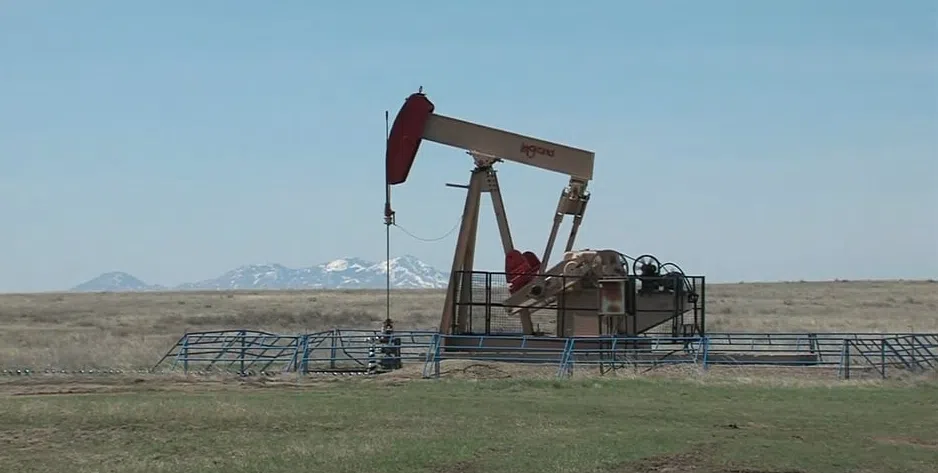
NGPR growth strategy encounters some regulatory hurdles
MEDICINE HAT – The Natural Gas and Petroleum Resources division isn’t expecting a return to profitability this year, despite a recent increase in the price of commodities.
At the end of the day for trading in Toronto Monday January 8, 2018, the February WTI crude contract sat at $61.73 US/bbl. WTI cracked the $60 mark for the first time in over two and a half years on December 27, 2017. The NASDAQ lists Brent crude at $67.78 US.
Between November and mid-December natural gas saw a sharp decline in prices but has since seen some rebound ending the day, Monday at $2.84 per mmBTU.
